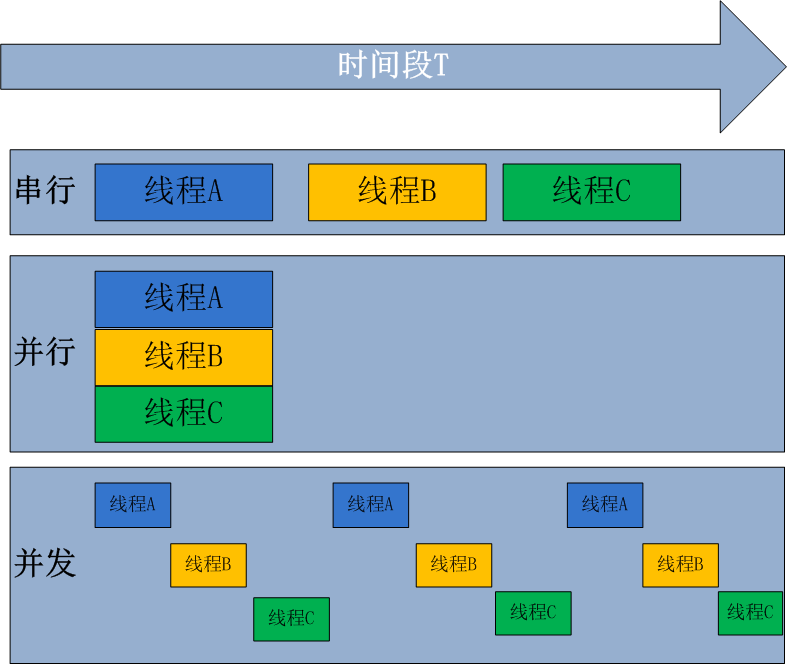pytorch中的自定义反向传播,求导实例
pytorch中自定义backward()函数。在图像处理过程中,我们有时候会使用自己定义的算法处理图像,这些算法多是基于numpy或者scipy等包。
那么如何将自定义算法的梯度加入到pytorch的计算图中,能使用Loss.backward()操作自动求导并优化呢。下面的代码展示了这个功能`
import torch
import numpy as np
from PIL import Image
from torch.autograd import gradcheck
class Bicubic(torch.autograd.Function):
def basis_function(self, x, a=-1):
x_abs = np.abs(x)
if x_abs < 1 and x_abs >= 0:
y = (a + 2) * np.power(x_abs, 3) - (a + 3) * np.power(x_abs, 2) + 1
elif x_abs > 1 and x_abs < 2:
y = a * np.power(x_abs, 3) - 5 * a * np.power(x_abs, 2) + 8 * a * x_abs - 4 * a
else:
y = 0
return y
def bicubic_interpolate(self,data_in, scale=1 / 4, mode='edge'):
# data_in = data_in.detach().numpy()
self.grad = np.zeros(data_in.shape,dtype=np.float32)
obj_shape = (int(data_in.shape[0] * scale), int(data_in.shape[1] * scale), data_in.shape[2])
data_tmp = data_in.copy()
data_obj = np.zeros(shape=obj_shape, dtype=np.float32)
data_in = np.pad(data_in, pad_width=((2, 2), (2, 2), (0, 0)), mode=mode)
print(data_tmp.shape)
for axis0 in range(obj_shape[0]):
f_0 = float(axis0) / scale - np.floor(axis0 / scale)
int_0 = int(axis0 / scale) + 2
axis0_weight = np.array(
[[self.basis_function(1 + f_0), self.basis_function(f_0), self.basis_function(1 - f_0), self.basis_function(2 - f_0)]])
for axis1 in range(obj_shape[1]):
f_1 = float(axis1) / scale - np.floor(axis1 / scale)
int_1 = int(axis1 / scale) + 2
axis1_weight = np.array(
[[self.basis_function(1 + f_1), self.basis_function(f_1), self.basis_function(1 - f_1), self.basis_function(2 - f_1)]])
nbr_pixel = np.zeros(shape=(obj_shape[2], 4, 4), dtype=np.float32)
grad_point = np.matmul(np.transpose(axis0_weight, (1, 0)), axis1_weight)
for i in range(4):
for j in range(4):
nbr_pixel[:, i, j] = data_in[int_0 + i - 1, int_1 + j - 1, :]
for ii in range(data_in.shape[2]):
self.grad[int_0 - 2 + i - 1, int_1 - 2 + j - 1, ii] = grad_point[i,j]
tmp = np.matmul(axis0_weight, nbr_pixel)
data_obj[axis0, axis1, :] = np.matmul(tmp, np.transpose(axis1_weight, (1, 0)))[:, 0, 0]
# img = np.transpose(img[0, :, :, :], [1, 2, 0])
return data_obj
def forward(self,input):
print(type(input))
input_ = input.detach().numpy()
output = self.bicubic_interpolate(input_)
# return input.new(output)
return torch.Tensor(output)
def backward(self,grad_output):
print(self.grad.shape,grad_output.shape)
grad_output.detach().numpy()
grad_output_tmp = np.zeros(self.grad.shape,dtype=np.float32)
for i in range(self.grad.shape[0]):
for j in range(self.grad.shape[1]):
grad_output_tmp[i,j,:] = grad_output[int(i/4),int(j/4),:]
grad_input = grad_output_tmp*self.grad
print(type(grad_input))
# return grad_output.new(grad_input)
return torch.Tensor(grad_input)
def bicubic(input):
return Bicubic()(input)
def main():
hr = Image.open('./baboon/baboon_hr.png').convert('L')
hr = torch.Tensor(np.expand_dims(np.array(hr), axis=2))
hr.requires_grad = True
lr = bicubic(hr)
print(lr.is_leaf)
loss=torch.mean(lr)
loss.backward()
if __name__ =='__main__':
main()
要想实现自动求导,必须同时实现forward(),backward()两个函数。
1、从代码中可以看出来,forward()函数是针对numpy数据操作,返回值再重新指定为torch.Tensor类型。因此就有这个问题出现了:forward输入input被转换为numpy类型,输出转换为tensor类型,那么输出output的grad_fn参数是如何指定的呢。调试发现,当main()中hr的requires_grad被指定为True,即hr被指定为需要求导的叶子节点。只要Bicubic类继承自torch.autograd.Function,那么output也就是代码中的lr的grad_fn就会被指定为<main.Bicubic object at 0x000001DD5A280D68>,即Bicubic这个类。
2、backward()为求导的函数,gard_output是链式求导法则的上一级的梯度,grad_input即为我们想要得到的梯度。只需要在输入指定grad_output,在调用loss.backward()过程中的某一步会执行到Bicubic的backwward()函数
以上这篇pytorch中的自定义反向传播,求导实例就是小编分享给大家的全部内容了,希望能给大家一个参考,也希望大家多多支持【听图阁-专注于Python设计】。

